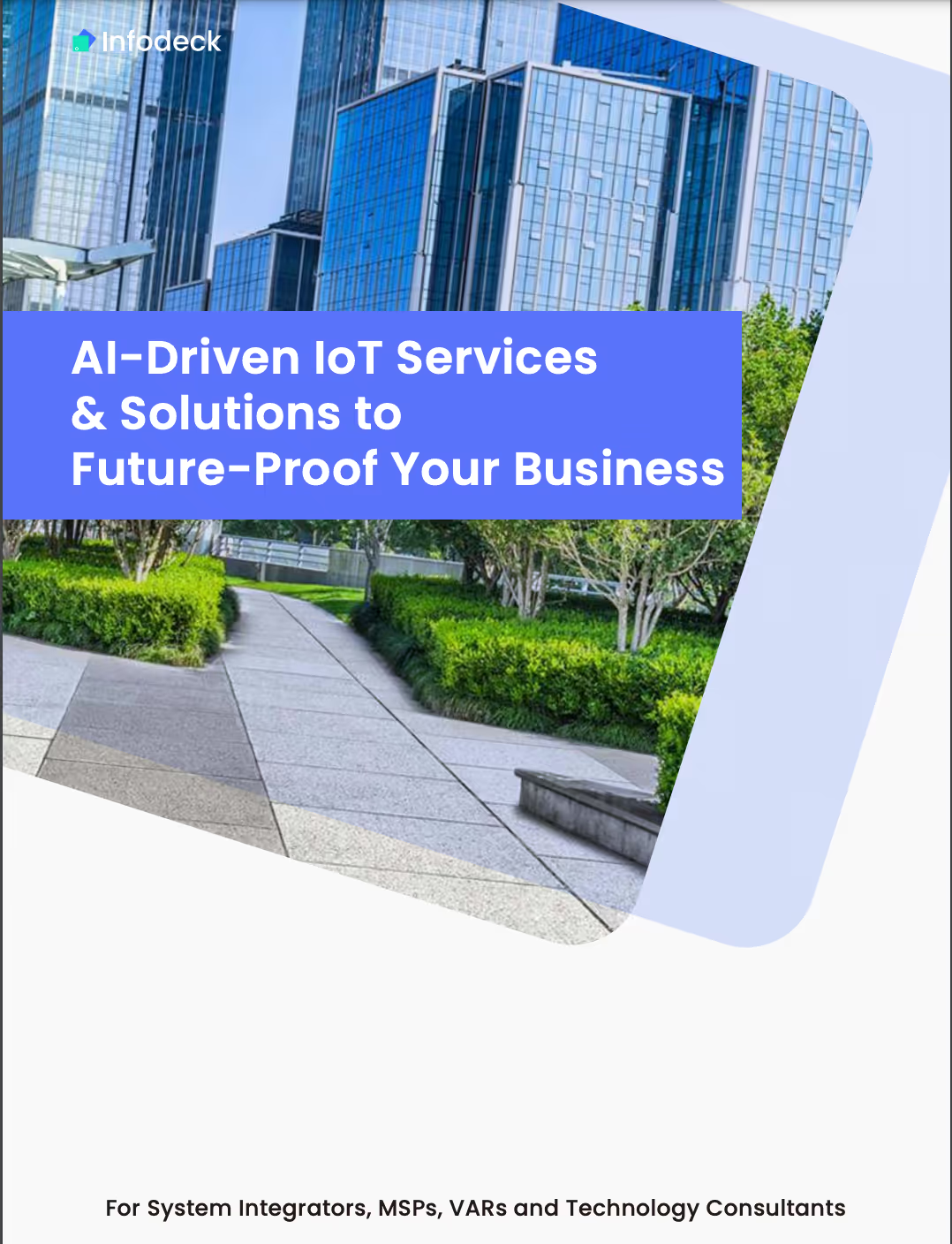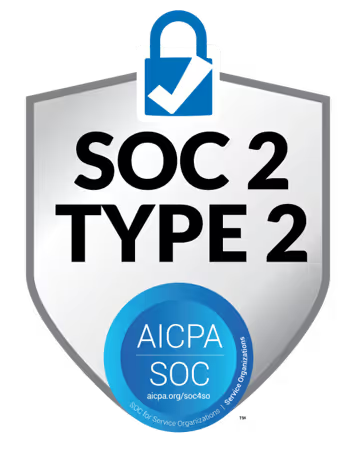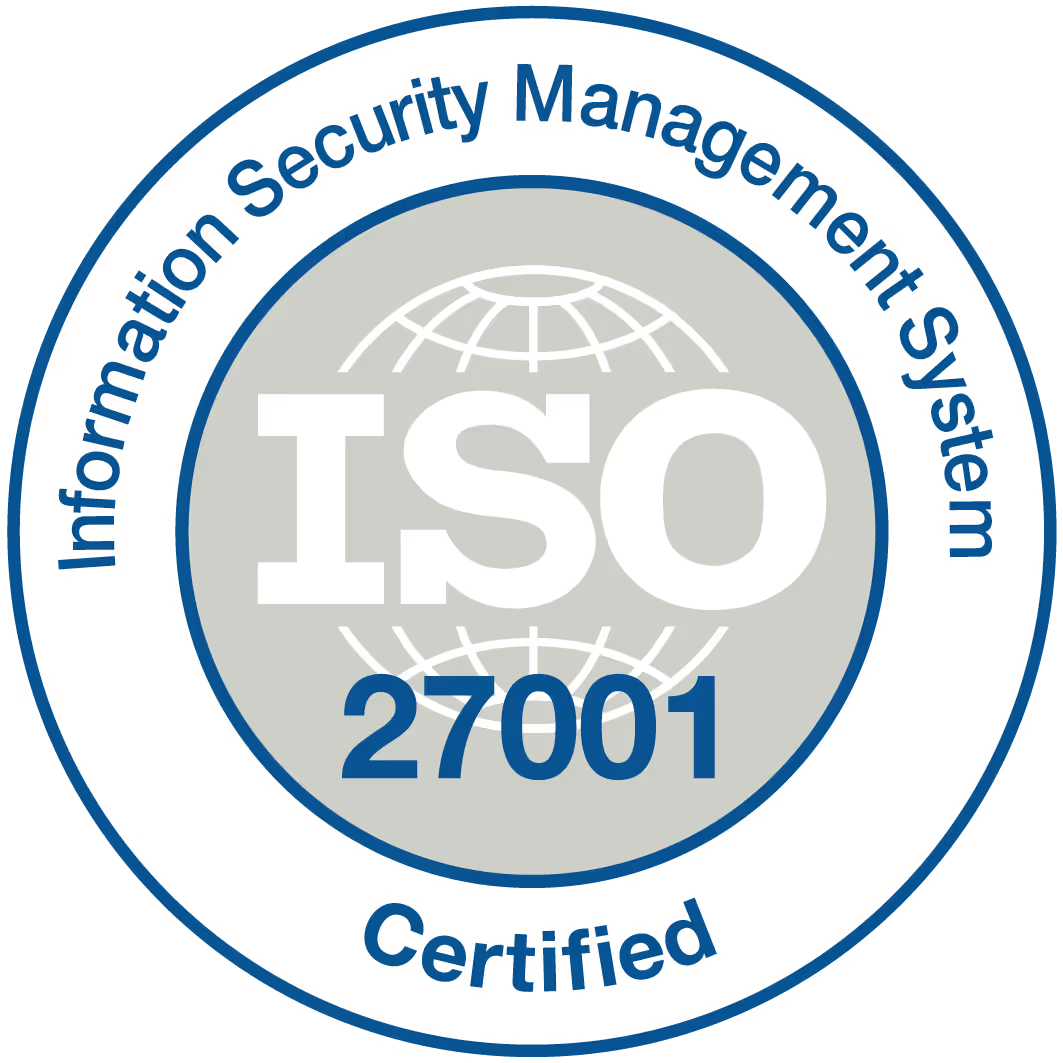What is decarbonisation and why is it important?
Key Takeaway
- Decarbonisation provides environmental, economic, and public health advantages through emissions reduction, global temperature stabilization, and the promotion of healthier communities.
- Decarbonization through renewable energy, efficient technologies, and low-carbon innovations drives energy security, economic resiliency, and market competitiveness for organizations across the globe.
- Companies that embrace decarbonisation strategies secure commercial advantage, investor trust, and enhanced brand reputation by contributing to global sustainability benchmarks.
- Innovative facilities management, data-driven analytics, and IoT integration can optimize energy use, reduce emissions, and showcase sustainable leadership.
- Clearing decarbonisation barriers involves partnerships, bold finance, enabling policies and ongoing reskilling.
- By involving all stakeholders, giving consumers more control, and encouraging community action, they facilitate a just and inclusive transition to a low-carbon world.
Decarbonisation generally describes the efforts to lower carbon dioxide emissions in industry, infrastructure, and technology. For engineering and facility management teams, decarbonisation frequently translates to redesigning energy sourcing, wringing out operational efficiency, and implementing digital tools to track and reduce emissions. With global regulations closing in and sustainability targets taking a central place in business strategy, knowledge of the technical routes towards decarbonisation is vital. Below we outline real-world strategies and real-world outcomes in the SaaS-powered O&M world.
Why Decarbonisation Matters

Decarbonisation is central to constructing an ecosystem that is sustainable, resilient and innovative worldwide. With 83% of carbon emissions worldwide coming from energy consumption, decarbonising isn’t just an ESG objective—it’s a strategic priority for CTOs and tech leads streamlining for efficiency, resilience, and sustainability. Actionable and automation-compatible decarbonisation plans are needed in sectors such as buildings (which comprise approximately 37% of overall GHG emissions), aviation, and food, where technical debt, legacy infrastructure, and data silos frequently impede advancement.
Key benefits of decarbonisation:
- Stabilizes global temperatures for healthier environments and ecosystems
- Catalyzes economic momentum through green job creation and cost savings
- Enhances public health outcomes through cleaner air and water
- Enhances energy security with distributed, renewable sources and intelligent grids
- Accelerates technical innovation and open-source collaboration
1. Environmental Stability
Decarbonising is important because stabilising temperatures on a global scale depends upon decreasing greenhouse gas emissions. CO₂ concentration tops 420 ppm—the highest in 800,000 years. Decarbonisation, particularly in energy and buildings, directly safeguards biodiversity and nature that underpin ecosystem services. As an example, let’s look at sustainable development practices, such as open source IoT monitoring for energy optimization which simultaneously reduces pollution and empowers organizations to target carbon neutrality. It’s not hypothetical—getting just 10cm of sea level rise avoided stops millions from being displaced.
2. Economic Resilience
Green jobs in renewables – solar, wind – fuel the economy and new classes of engineers and developers. As businesses deploy smart technologies—API-first SaaS for predictive maintenance, or automated energy management—operating costs fall. Investments in smart, low-carbon infrastructure cushion economies against climate shocks, while energy-efficient retrofits and electrification generate actual ROI. Sectors such as aviation have higher decarbonisation hurdles but can still leverage robust R&D cooperation.
3. Public Health
Reduced emissions result in reduced particulate matter and respiratory illnesses. Clean air and water access, which decarbonisation enables, are fundamental human rights. Smart urban planning like EV-centric transit and parks and urban forestry doesn’t just reduce emissions, it boosts life expectancy. Sustainable food systems—cutting food loss and waste (10% of global emissions)—mitigate health risks from climate-related disasters.
4. Energy Security
Diversified energy sources—solar, wind, storage—enhance our national security by decreasing our reliance on geopolitically risky fossil fuels. Distributed energy storage and demand response technology bolsters grids against outages. Automated energy efficiency (open-source, API-driven analytics) captures supply for decades. Resource efficiency implies that future generations are not left with scarcity.
The Business Imperative
Decarbonisation is no longer a CSR initiative, it’s a business imperative. With the world economy aiming for net zero emissions by 2050, businesses must reinvent operations, supply chains, and value propositions. Institutional innovation, technical innovation, and strategic policy alignment are now imperative for those seeking to stay relevant and competitive.
Market Advantage
First movers in decarbonisation earn a tangible advantage. For instance, moving to API-first, cloud-native platforms with open-source integration can maximize resource efficiency and minimize emissions across digital infrastructure. Sustainability is not a mere compliance box to check, it’s a differentiator. Brands that innovate green product development, like carbon-neutral SaaS services or low-energy data processing, attract eco-minded clients and create fresh opportunities. With worldwide need for green solutions increasing, companies using sustainability as a marketing campaign experience increased brand recognition and customer loyalty.
Investor Confidence
It’s transparent sustainability reporting that builds investor trust. Businesses that publish credible emissions data and commit to bold decarbonisation targets receive capital from ESG impact investors. Sustainable practices tend to be associated with better long-term financial performance — through lower operational risks and greater efficiency. Companies with strong decarbonisation roadmaps—consider automated monitoring and open-source analytics to capture Scope 1, 2, and 3 emissions—stand to attract impact investors around the world.
Brand Reputation
Decarbonisation builds brand resilience and loyalty by meeting evolving consumer expectations. Forward-looking sustainability work – including transparency around reducing carbon footprints – goes a long way to cushioning reputational risk associated with negligence. Bringing everyone onboard—from engineers to end users—in sustainability efforts enhances a brand’s reputation as a conscientious innovator. Transparent public updates on progress, via simple dashboards or comprehensive reports, establish consumer trust and credibility.
Pathways to Decarbonisation
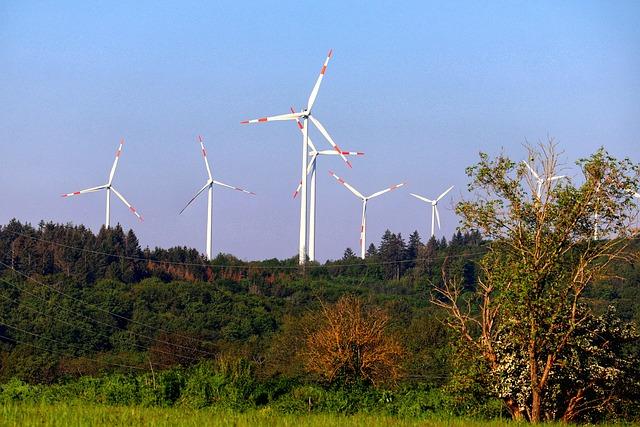
Decarbonisation is a complex path that requires specific, practical directions. A range of organizations—health systems, universities, corporations—need to set clear targets, adhere to global frameworks such as the Paris Agreement, and commit to adopting innovative, scalable technologies. While technical leaders in these spaces must navigate a scattered regulatory landscape and constantly-shifting infrastructure, a considered approach can deliver concrete outcomes. Below are key pathways:
- Set Science-Based Targets: Align decarbonisation ambitions with global frameworks such as the Science Based Targets initiative (SBTi), which ensures accountability and comparability across industries.
- Prioritize Energy Efficiency: Target infrastructure, as it accounts for 70% of emissions, by leveraging automation, open-source monitoring tools, and smart building management systems.
- Integrate Renewable Energy and Green Hydrogen: Transition core operations to renewable electricity and invest in green hydrogen, which are enabling technologies across heavy industry, automotive, and chemicals.
- Invest in Carbon Removal: Support reforestation, direct air capture, and carbon offset projects, with robust measurement protocols for accountability.
- Foster Sector Collaboration: Join global alliances, such as the Deep Decarbonization Pathways Project (DDPP), to share best practices and accelerate learning.
- Continuous Measurement and Reporting: Use APIs and standardized platforms for real-time Scope 1, 2, and 3 emissions tracking.
Energy Transition
Shifting from fossil fuels to renewable energy continues to be central. Policy, such as feed-in tariffs, carbon prices and grid modernization, spur adoption by de-risking investments and aligning incentives. Investment in wind, solar, and grid-scale storage is mandatory for the hard-to-abate sectors. Public awareness, by open reporting and education, maintains impetus and legitimacy.
Process Efficiency
Efficient processes, driven by automation and the IoT, minimize waste and maximize energy efficiency. Smart sensors, machine learning analytics, and open-source orchestration platforms assist in pinpointing bottlenecks. Continuous improvement via lean methodologies and data-driven audits propels additional gains. Motivated staff, equipped with lean protocols, multiply these advantages.
Carbon Removal
Reforestation, direct air capture, and advanced biochar are feasible approaches — particularly for hard-to-abate industries such as steel and chemicals. Carbon offsets provide a bridge to net-zero but need third-party validation to guarantee credibility. Investment in frontier removal solutions—like enhanced mineralization—grows capacity. All results must be quantified, disclosed and independently validated.
Smart Facilities Management's Role
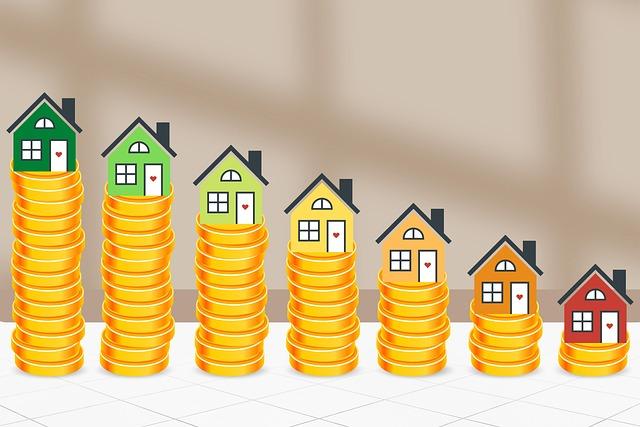
Smart facilities management is a must-have for any decarbonisation-focused organisation. With buildings responsible for 40% of the world’s emissions, and operations being 27% of that, the stakes are high. Modern SmartFM mixes automation, IoT and data analytics to optimize energy, guarantee safety and achieve measurable paybacks—sometimes in just a few years. SmartFM strategies increase sustainability as well as provide scalable, replicable models for sustainable building everywhere.
Data-Driven Efficiency
Data analytics lies at the heart of smart optimizing facility energy use. Utilizing open-source platforms and API-first solutions, smart FM can easily integrate with building management systems and analyze HVAC, lighting, and occupancy data in real-time. With established benchmarks, facilities utilizing smart analytics save 20-30% of energy, on average.
Real-time monitoring holds inefficiencies accountable. As an example, sensors can highlight unusual energy surges, which lead to instant fixes. This reduces kilowatt waste and enables net-zero goals. Strategic resource allocation—such as prioritizing retrofits for natural-gas-fired boilers—depends on actionable data insights. The investment in advanced analytics doesn’t just make you more sustainable, it makes your operation more transparent to a variety of stakeholders.
Predictive Maintenance
Predictive maintenance addresses energy waste head-on, increasing efficiency, and asset life. IoT sensors observe factors such as vibration, temperature, and energy draw, identifying wear before failure. This transforms maintenance from reactive to proactive, reducing downtime and unplanned expenses.
The return on investment is meaningful. Predictive models can reduce maintenance expenses by as much as 25%, while automated scheduling makes certain crucial assets—like chillers or air handlers—run at peak efficiency. For buildings with legacy systems, retrofitting with IoT-ready modules provides fast payback by avoiding catastrophic failures and preventing unnecessary service calls.
Proactive maintenance sustains sustainability, cutting direct emissions from inefficiency and indirect costs from urgent repairs.
IoT SmartFM Integration
When integrated with IoT, facilities become adaptive, responsive environments. Smart sensors monitor occupancy, indoor air quality and temperature in real-time. When combined with automation, such systems adapt ventilation and lighting in real-time to optimize comfort and reduce energy use.
Automated space optimization guarantees that every square meter is being used efficiently – crucial in hybrid workplaces. Smart devices streamline such repetitive processes. For technical teams, API-first IoT platforms provide the option to create customized integrations, which allows for both personalization and scalability.
Data flows smoothly between sensors and analytics engines to inform quick decision-making and drive constant optimization.
Overcoming Decarbonisation Hurdles

Decarbonisation confronts deep technical and organizational challenges. Advancement depends on harmonizing motivations, utilizing demonstrated methods, incorporating safety, and focusing on programmer encounter. Effective strategies include:
- Go open-source, api-first for openness and scale
- Automate data collection and reporting to guarantee traceability across supply chains
- Employ strong, widely adopted carbon accounting and auditing frameworks
- Prioritize automation to reduce manual errors and resource waste
- Foster partnerships for knowledge sharing and ecosystem support
- Engage stakeholders early to align costs and benefits
- Support policy, tax incentives and clear green standards
- Invest continuously in professional education for new technologies
Financial Barriers
These misaligned costs and benefits are a common reason decarbonisation is slow. The organizations taking on the upfront investment might not reap the rewards, it is others further downstream who benefit. That causes friction, particularly for sizable capital projects or upgrades spanning legacy systems.
Innovative financing — like green bonds, pay-for-performance contracts, and energy-as-service models — can help span the divide. Cost-benefit analysis is needed to justify investments, but should take into account full lifecycle impacts and long term operational savings. Collaboration with banks and impact investors opens funding for green projects and makes risk sharing possible. More than 85% of net-zero changes are achievable today using enabling technologies, so prioritising that which is proven, scalable, and has strong community support creates value. API-first architectures and open platforms enhance integration and ROI tracking by stakeholders.
Policy Gaps
Weak regulation creates uncertainty, which erodes investment in decarbonisation. Gaps around what is “green”, or inconsistent carbon prices, cap the predictability and stall progress.
Stronger, stable policies — environmental taxes, cap and trade, and targeted subsidies — can internalize carbon externalities. Defined standards encourage technology adoption and mitigate price risk. Activating all stakeholders – from technical leaders to policy makers and civil society – means policies are grounded in reality and represent real operational challenges. Partnering with specialists opens up new opportunities for impactful climate work.
Sector-specific solutions are key. For instance, automated energy monitoring in factories, or API-driven fleet management in logistics, can accelerate decarbonisation. Cross-sector alliances aid in sharing best practices. Sectoral roadmaps demystify priorities and direct investments.
The Human Element

Human factors decide whether decarbonisation works or doesn’t. The shift will succeed only if it honors all stakeholders’ needs — from boardrooms to front lines. When organizations disregard the human element, even the finest technical initiatives sputter. This is particularly true in industries such as maritime, where crew members aren’t mere end-users—they’re primary operators whose operational habits influence emissions results. Just 21% of companies believe they are adequately prepared to address sustainability and inclusion. Embedding human sustainability into company culture and operations is the quickest way to fill this readiness gap and accelerate high-performance results.
Just Transition
- Stakeholder mapping: Identify groups affected, including seafarers, technical staff, communities.
- Impact assessment: Quantify how decarbonisation changes workflows or livelihoods.
- Workforce upskilling: Design retraining programs for emerging roles (e.g., data analytics for shore-based teams).
- Social dialogue: Establish feedback channels for open discussion about concerns, especially around job displacement.
- Policy review: Ensure environmental justice and equity are prioritized, not just emissions targets.
Workforce development is imperative Expertise in analytics, automation, and emissions tracking are now par for the course. Retraining programs need to bridge technical education with real world implementation—such as digital twin platforms or API-driven vessel monitoring. Whether it’s training a seafarer on emissions data logging or upskilling a port operator in open-source energy analytics — both provide value across the operational chain. Social dialogue helps you grapple with resistance to change, confronting skepticism and inertia directly.
Consumer Power
Informed consumers drive real change. Transparent supply chains—enabled by open APIs and blockchain—let buyers evaluate environmental impacts before purchase.
Customer demand for sustainable goods drives companies to optimize for greener operations. Transparency tools such as clear labeling, emissions tracking and lifecycle data enable users to make savvy decisions. Grassroots movements–consider community repair cafes or zero-waste collectives–multiply this impact via local activism.
Community Action
Local action speeds global decarbonisation. Grassroots groups hold policymakers accountable and keep initiatives on course. Working together — whether through shared online platforms, open data sets or community solar — creates both momentum and resilience. Every local victory scales, from a port-side emissions audit to a community microgrid.
Conclusion
Decarbonisation is as much a technical challenge as it is a strategic opportunity for organizations globally. Smart facilities management provides actionable insights for monitoring emissions, streamlining operations, and amplifying impact. Data-driven platforms empower leaders to move beyond compliance to act on real-time insights and create measurable impact. It’s a path with tricky trade-offs between legacy assets, new technologies, and evolving policies. Yet, the results speak for themselves: reduced operational costs, improved asset performance, and stronger business resilience. With the proper tools and support, teams can make change that sticks even amidst ambiguity. As the land shifts, those who integrate decarbonisation into daily practice will set themselves up in front: not only as responsible players but as frontrunners of a low-carbon future.
Frequently Asked Questions
What is decarbonisation?
Decarbonisation is the act of dialing down the carbon dioxide emissions of human activity. It’s all about decarbonisation, which is reducing climate change by moving to cleaner energy and smarter ways of doing things.
Why is decarbonisation important for businesses?
Decarbonisation assists companies with regulatory compliance, reputation, and cost reduction. It brings in investors and customers who appreciate being green.
What are common pathways to decarbonisation?
Typical routes are utilizing clean power, enhancing efficiency, electrifying vehicles, and streamlining processes to reduce carbon footprints.
How does smart facilities management contribute to decarbonisation?
Smart facilities management uses technology to automate the monitoring and control of energy use, drastically reducing waste and a building’s carbon footprint.
What are the main hurdles to decarbonisation?
Major challenges are high initial expenses, inefficient information, and complicated policies. To transcend these planning, investment and direction are needed.
How can organizations encourage employee engagement in decarbonisation?
Companies can train, target and reward sustainable behavior. Committed employees fuel permanent change.
Is decarbonisation only relevant for large companies?
No, decarbonisation is relevant for every organisation regardless of its size. Small and medium businesses will cut costs, comply with regulations and enhance competitive standing.

.png)


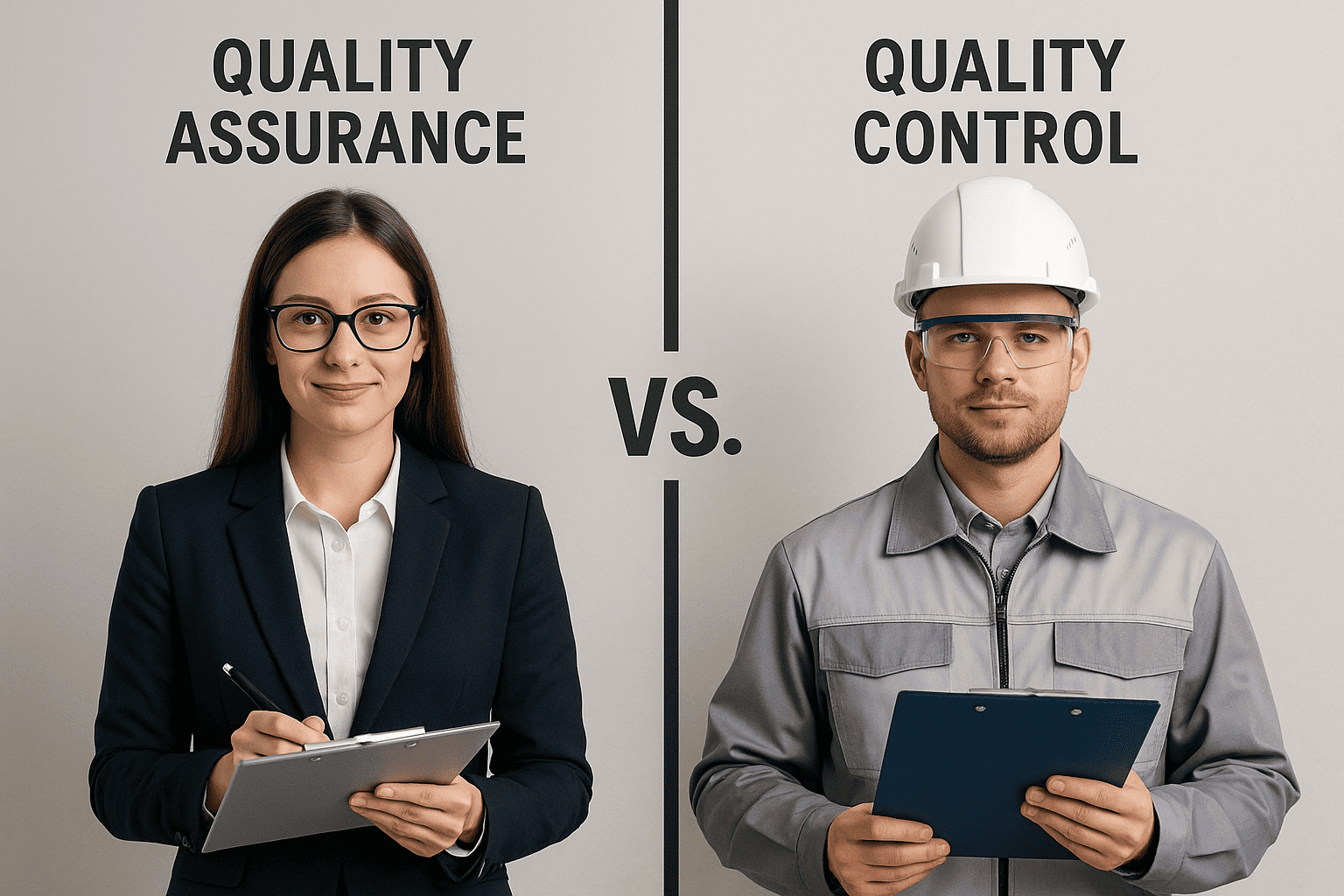
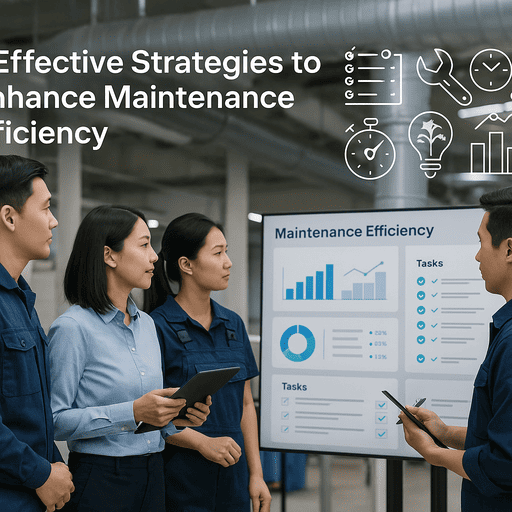
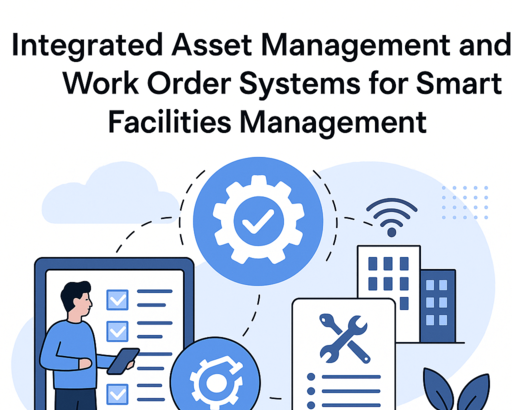
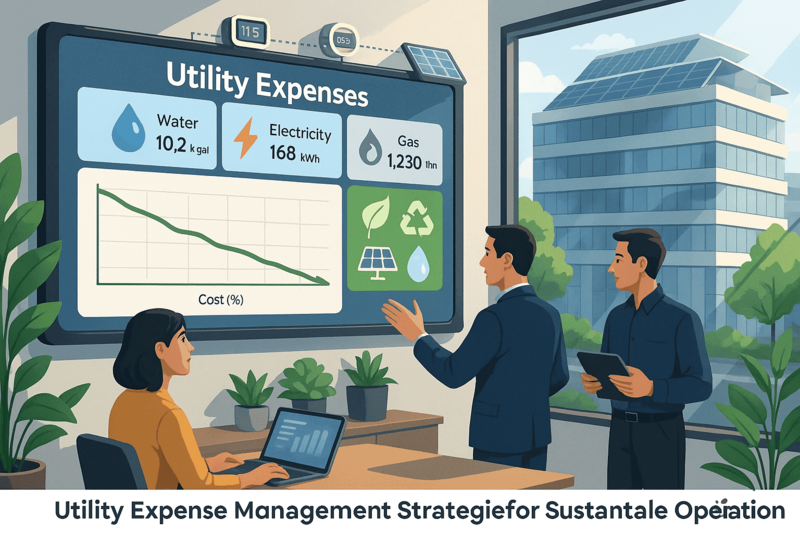



.png)




.png)

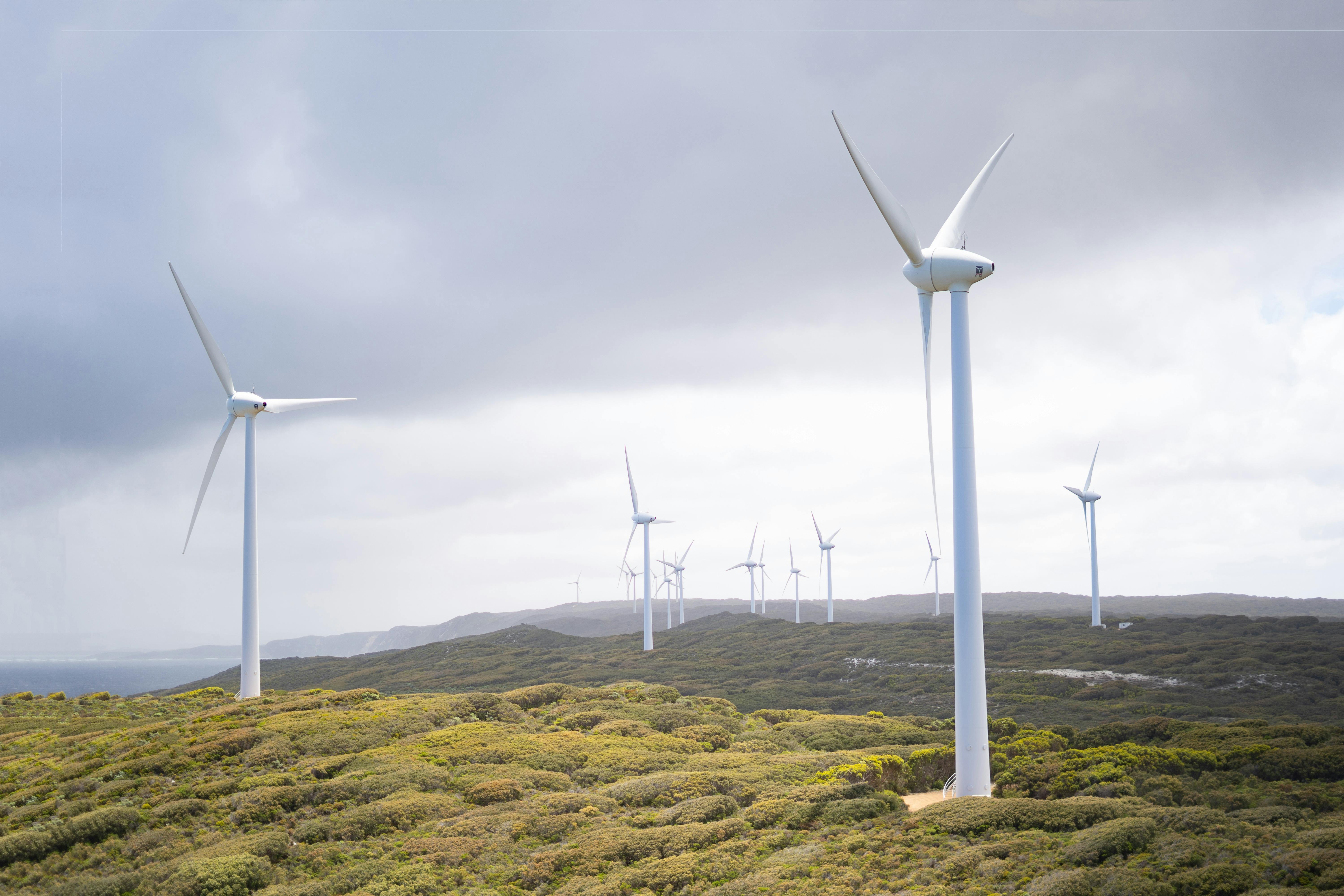














.jpeg)








